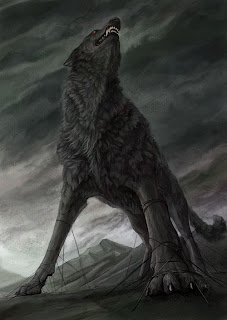For the Christian Church, December 25 is associated with the celebrations of the birth of Christ, but in the folk tradition is an amalgam of pagan festivals and traditions, dating back long before the birth of Christ.
For our ancestors, the shortest day of the year (December 21) has always represented the lowest point of the year, but also the day of rebirth of the Sun (Sol Invictus Latin), which gradually took over more and more force culminating in the apotheosis of the Summer Solstice. Many ancient standing stones, stone circles and other megalithic monuments are aligned with the sunrise on December 21. The example most famous is the complex Newgrange, Ireland , where the dawn of the solstice, a ray of sunlight shining, long dark entry, filtering by a narrow opening above the entrance of the monument and illuminating the room Central. Other sites have an array corresponding to the rising of the sun at the Summer Solstice, which makes us understand the importance attached by the ancients to those dates.
 |
| The Yule log |
Molti dei simboli del Natale sono echi dei suoi antichi aspetti di rinascita e di speranza, di fine imminente del periodo di oscurità. L’agrifoglio è un simbolo importate in questo contesto, vista la sua proprietà di avere le foglie sempre verdi sia in estate che nel pieno dei rigori invernali, come a significare che la scintilla vitale e feconda dell’estate è presente, anche se assopita, anche nel pieno dell’inverno. L’agrifoglio è inoltre considerata un simbolo maschile, come l’edera è considerata femminile. Per questo motivo ghirlande intrecciate di queste due piante ornavano le abitazioni anche in tempi molto antichi, come simboli augurali di fertilità per la nuova stagione luminosa che stava per arrivare.
C'era anche la convinzione che le piante e gli alberi sempreverdi fossero rifugi per gli Spiriti bosco durante i rigidi mesi invernali. L'albero di Natale potrebbe essere una specie di simbolo “superstite” di queste credenze.
Il vischio è un'altra pianta associata a questo periodo dell’anno. Sacro ai druidi, si può far tranquillamente risalire il suo valore simbolico agli antichi Celti, anche se il suo significato originario appare oggi piuttosto nebuloso, anche se quasi certamente collegato anch’esso alla fertilità ( da cui la credenza che porti fortuna alle coppie baciarsi sotto a un rametto di vischio).
Il 25 dicembre era considerato dai Romani il giorno di nascita del dio Mitra (che però era originario dell’Asia Minore) divinità solare che con la propria nascita poneva fine alla parte oscura dell’anno (la già citata ricorrenza del Sol Invictus)e festeggiavano i Saturnalia in onore di Saturno e Dioniso. I primi cristiani utilizzarono la data del 25 dicembre come nascita di Cristo solo intorno al 3° o 4° secolo, quando uscirono dalla clandestinità. The decision to use this data derives from the religious significance that this time of year for many forms of religion, and therefore easily comparable to the newly converted more understandable anchor nurtured pagan community.
At the level of personal consideration, I believe that the success of the Christian religion is precisely due to his modus operandi, or engulf ancient rituals and celebrations, ineradicable folklore. Fortunately, the ancient beliefs have never died.



















.JPG)
.JPG)
.JPG)








.JPG)
.JPG)
.JPG)
.JPG)